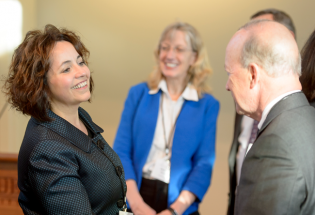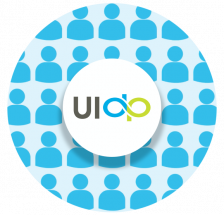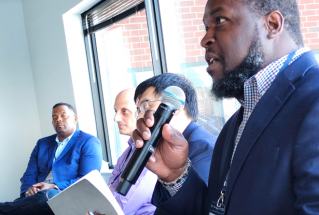Input from industry partners helps identify gaps in student skills
Excerpted from the April 2023 issue of University-Industry Engagement Advisor. UIDP members can view the entire issue here.
Interfacing with and ultimately hiring talented university students has risen to the top of industry’s “most wanted” list, and university industry engagement programs have been happy to oblige. But no program is perfect, and there are nearly always “gaps” in student skills and qualifications industry partners would like to see filled. How do they learn about these gaps, and work with schools to fill them most effectively?
“Primarily through our Executive Board,” says Wil Dyer, director of the Corporate Affiliates Program, or CAP, at the Jacobs School of Engineering at UC San Diego (UCSD). “CAP is one of the largest [of its kind] in the country, with 80 corporate partners that have quarterly board meetings. At those meetings we always solicit input as to what we can do as an engineering school to better work with industry — and often that comes down to student talent.”
“The nice thing is that talent is probably one of the foremost aspects of our partnerships,” says Mark Schmidt, PhD, associate vice chancellor for partnerships at North Carolina State University.
And at the University of Mississippi it all starts with communication. “In my role, it’s really asking [partners] for their feedback and having an ongoing dialogue,” says Hughes Miller, director of industry engagement at Ole Miss — a comment echoed by other corporate engagement leaders.
“We get feedback all the time about relevant skills students need to have,” notes Troy D’Ambrosio, executive director of the Lassonde Entrepreneur Institute at the University of Utah.
“Our relationship is bringing [partners] in to talk about what innovations and skill sets students [need to] bring to their companies, and how that plays out in the corporate world,” adds Rhonda l. Schuldt, director of the Big Idea Center in the University of Pittsburgh’s Office of Innovation and Entrepreneurship, through which 1,500 students a year participate in “immersive student entrepreneurial activities.”
“We have a corporate engagement team that goes out visiting with partners and getting a sense of where evolution is heading in our various industries,” says Amy Novak, EdD, president of St. Ambrose University. “We also have advisory committees at most colleges, which are constructive in all our disciplines to be as current and relevant as possible.”


